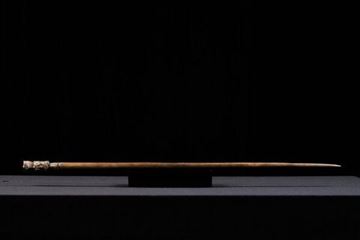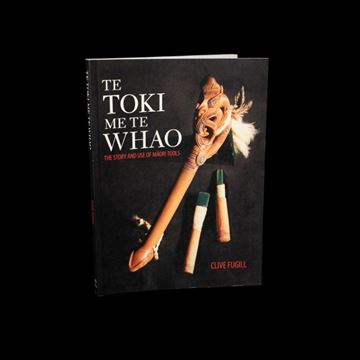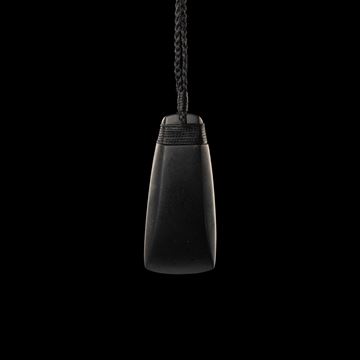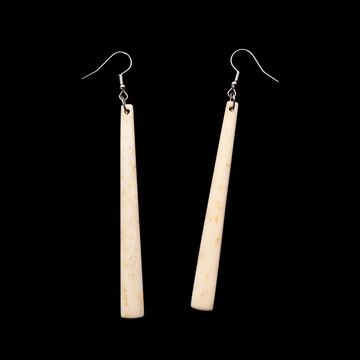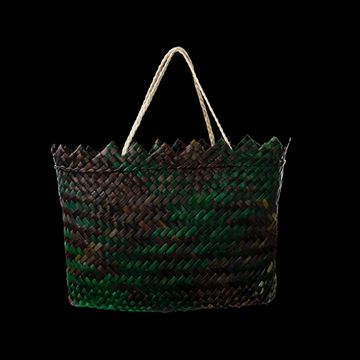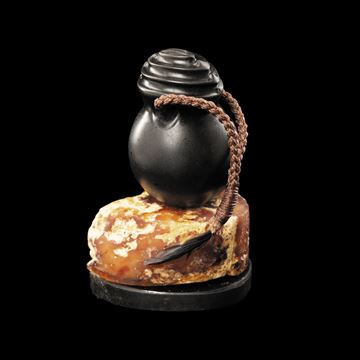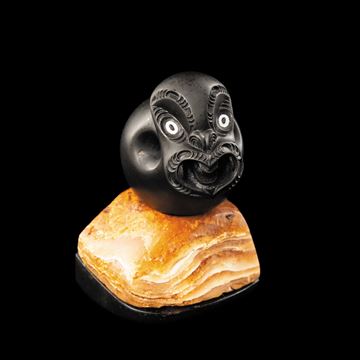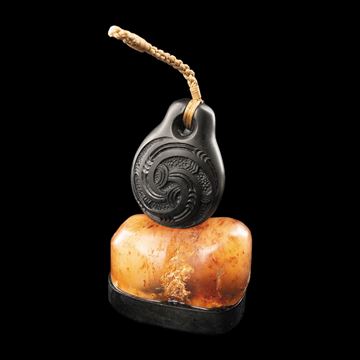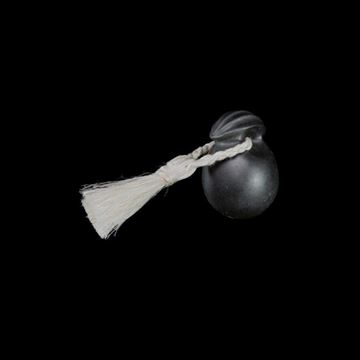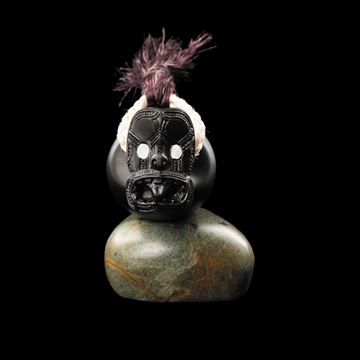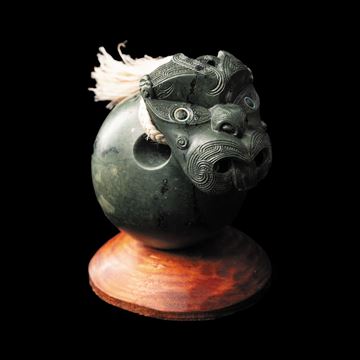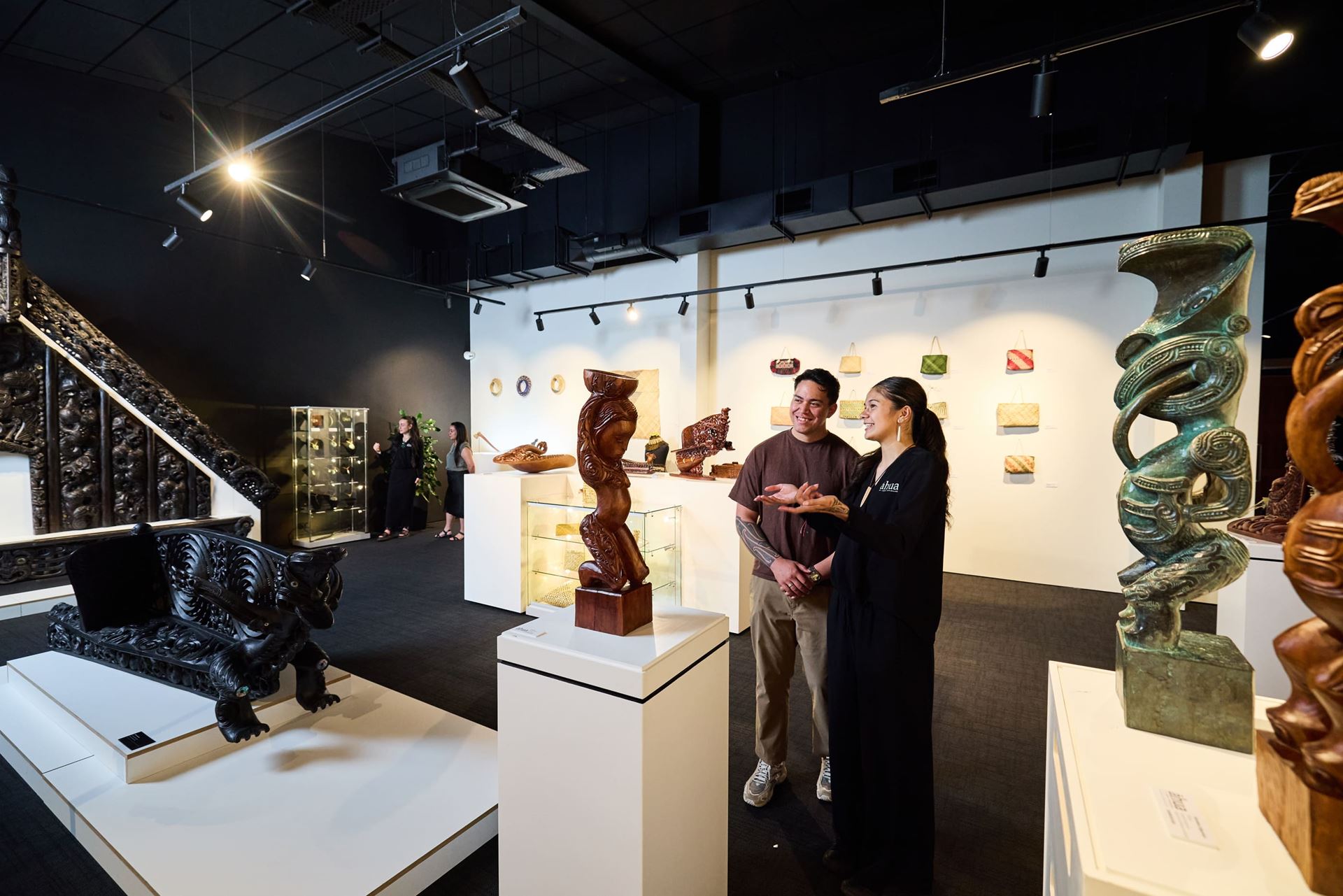
Āhua Gallery
Select Subcategory
Pāpaka (ed. 2/12) - 4080FD
Pāpaka (crab catching stick) originated in Hawaiki (the original homeland of Māori). Rēhua (the god of fish) handed a pāpaka to a rangatira (chief) before his journey to Aotearoa. This pāpaka is part of a limited edition of 12 bronze casts from an original wood carving by Kawana Waititi. The original will remain part of the New Zealand Māori Arts and Crafts Institute legacy collection.
$3,900.00
Toki - 5521IA
The toki pendent is based on the form of the carving chisel used in whakairo (Māori carving).
Material: Punakitere
Measurements: 63mm x 22mm x 7mm
$390.00
Toki - 5523IA
The toki pendent is based on the form of the carving chisel used in whakairo (Māori carving).
Material: Onewa (NZ Greywacke)
Measurements: 53mm x 11mm x 7mm
$320.00
Toki Earrings - 5691RH
Toki earrings (or drop earrings) are designed to suspend from the bottom of the earlobes. The length varies from a centimetre or two, all the way to brushing the wearer's shoulders.
Material: Parāoa (Whalebone)
Measurements: 77mm x 9mm x 3mm
$490.00
Kete Whakairo - 5826RW
Kete whakairo are woven flax bags of a finer quality than the general utilitarian kete. They are normally made from prepared strips of flax and/or kiekie, some of which have been dyed. Kete whakairo may also feature geometric designs.
Material: Harakeke
Measurements: 260mm x 210mm
$540.00
Māhē - 4455IA
Māhē are sinker stones used to weigh down fishing nets.
Material: Otaua
Measurements: 42mm x 42mm x 61mm
$650.00
Māhē - 4456IA
Māhē are sinker stones used to weigh down fishing nets.
Material: Otaua
Measurements: 53mm x 31mm x 72mm
$850.00
Māhē - 4457IA
Māhē are sinker stones used to weigh down fishing nets.
Material: Otaua
Measurements: 42mm x 42mm x 56mm
$1,250.00
Māhē - 4501HW
Māhē are sinker stones used to weigh down fishing nets.
Material: Otaua (Greywacke)
Measurements: 50mm x 37mm x 35mm
$490.00
Māhē - 4503HW
Māhē are sinker stones used to weigh down fishing nets.
Material: Otaua
Measurements: 70mm X 50mm x 50mm
$1,250.00
Māhē - 4504MA
Māhē are sinker stones used to weigh down fishing nets.
Material: Waiarohia Pakohe
Measurements: 80mm x 57mm x 58mm
$1,450.00

